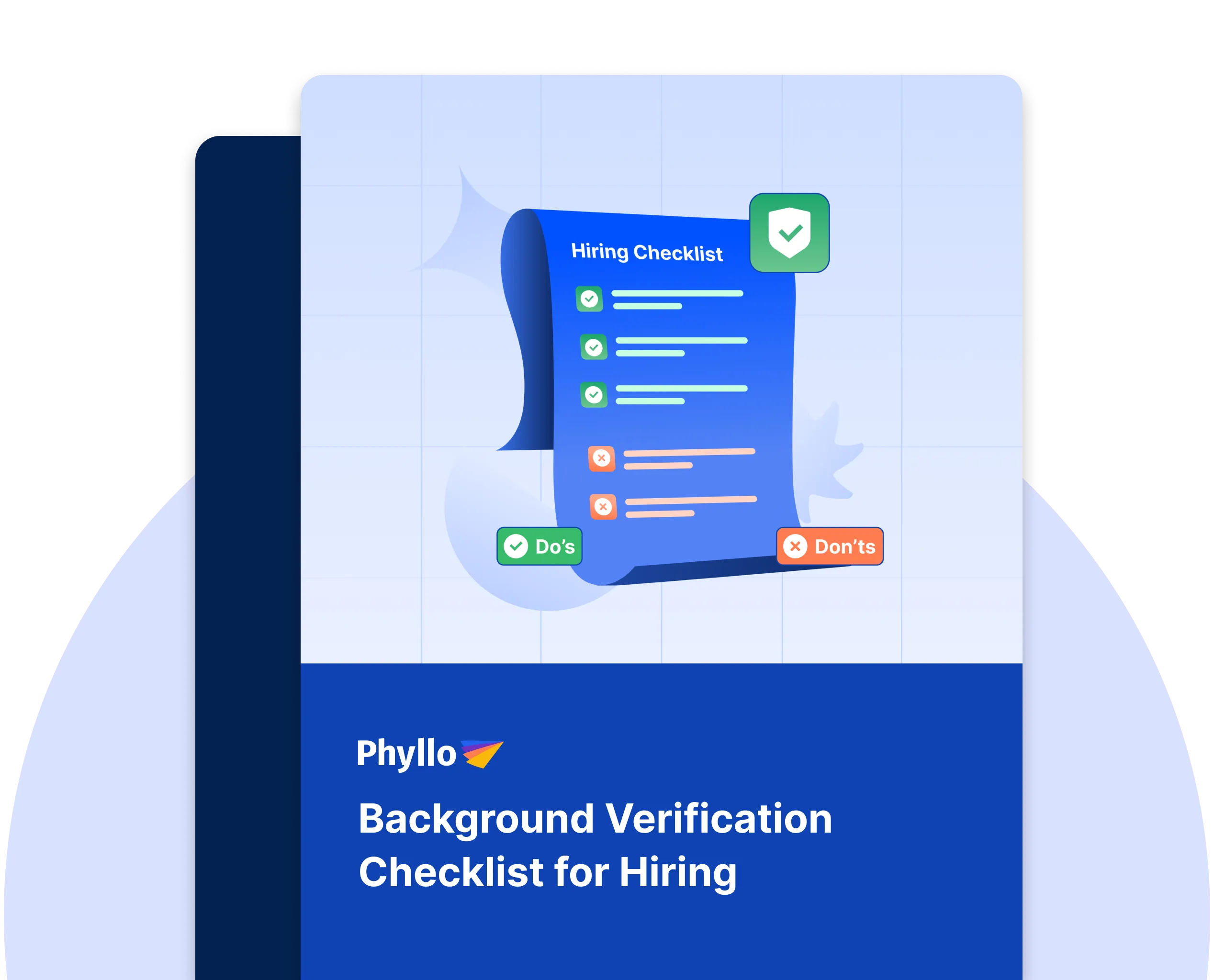Influencer marketing has become one of the most trusted and effective ways for brands to reach their audience. Creators influence buying decisions, shape opinions and build communities that brands want to be part of. As budgets for influencer marketing grow each year, so does the need to partner with creators who are trustworthy, aligned with your values and capable of delivering real results.
This is where influencer screening comes into the picture. It ensures brands select credible, authentic and brand safe creators who can represent them responsibly. Without proper vetting, partnerships can lead to brand reputation issues, wasted budget or risks that could easily have been avoided with the right checks in place.
This guide walks through everything brands need to know about influencer screening in 2026. It covers why vetting matters, what to review, how the process works and how modern tools simplify influencer risk assessment.
What Is Influencer Screening
Influencer screening is the process of evaluating a creator’s background, online behavior, audience authenticity and overall brand fit before partnering with them. It combines qualitative and quantitative checks to ensure the influencer is trustworthy, relevant and compliant with brand guidelines.
Effective screening looks beyond vanity metrics like follower count. It evaluates content history, language used, tone, sentiment, audience quality, engagement patterns, brand safety risks and potential red flags.
This helps brands avoid influencers who might have:
- Fake followers
- Historically problematic content
- Misleading engagement metrics
- Past controversies online
- Audiences that do not match the brand’s target group
- Conflicts with competitors
- Risky posts that could jeopardize reputation
In short, influencer screening protects your brand from unexpected issues and ensures every collaboration is built on trust and transparency.
Why Influencer Vetting Is Critical
The rapid evolution of social media has made influencer vetting more important than ever. Brands today are more cautious about who represents them. With new platforms rising and content trends shifting quickly, it is essential to vet creators thoroughly before finalizing partnerships.
Here are a few reasons influencer vetting has become mandatory:
1. Creators influence brand reputation instantly
One controversial post or insensitive opinion from an influencer can impact a brand within minutes. Screening helps prevent such risks.
2. Fake engagement and bots are increasing
Many creators inflate their numbers to appear more influential. Vetting helps distinguish genuine voices from inauthentic ones.
3. Regulations around influencer content are tightening
Compliance issues can lead to legal trouble. Screening ensures the influencer follows proper guidelines.
4. Brands need proof of audience relevance
A creator may have millions of followers but still not be the right fit if the audience does not match your target customers.
5. Competition in influencer marketing is rising
Brands want long term creator partners who truly represent their values. Proper vetting makes this possible.
What Influencer Screening Should Include
A strong influencer vetting process covers several layers of analysis. Here are the most important checks brands should include in 2025.
1. Background and Content Review
The first step is a thorough review of the influencer’s content history. Brands should analyze:
- Tone of past posts
- Type of content created
- Messaging patterns
- Topics frequently discussed
- Any controversial opinions
- Use of offensive or harmful language
- Political or sensitive content
- Instances of misinformation
Even a single problematic post from years ago can become a risk if discovered later. A careful review protects your brand from future issues.
2. Audience Authenticity and Follower Quality
An influencer might have a large audience, but that does not guarantee authenticity. Many accounts grow through bots, fake followers or suspicious tactics.
When screening, brands should check:
- Percentage of real followers
- Follower growth trends
- Unusual spikes in activity
- Comments that look automated
- Demographic match with the brand
Creators who rely on fake engagement dilute campaign performance and mislead brands about their true influence.
3. Engagement Pattern Analysis
A healthy engagement rate signals an active and genuine community. Low or inconsistent engagement suggests the creator may not truly influence their audience.
Brands should evaluate:
- Real comments versus generic ones
- Ratio of likes to followers
- Audience reactions
- How often the creator replies
- Sentiment in the comments
This reveals whether the creator genuinely connects with their audience.
4. Brand Safety Checks
Brand safety is a top priority. Influencer screening should identify any behavior that could harm reputation.
This includes:
- Harmful content
- Controversial statements
- Online conflicts
- Bullying or harassment
- Past scandals
- Misrepresentation of facts
Tools like automated social screening platforms help flag such risks early.
5. Competitor Collaborations and Conflicts
Most brands want exclusivity within a niche. If an influencer has recently promoted a competitor, the partnership could feel inconsistent.
Review:
- Past sponsored posts
- Product comparisons
- Conflicting partnerships
This helps brands avoid messaging duplication and maintain a strong identity.
6. Content Alignment and Values Match
Brand alignment is key to building strong, long standing partnerships. Brands should ensure the influencer’s values, voice and community match their identity.
Questions to ask:
- Does the influencer fit the brand personality
- Do they understand the product
- Does their content style complement your messaging
- Are their values aligned with your brand story
A values aligned influencer behaves like a natural extension of your brand.
Step by Step Process for Vetting Influencers
A structured vetting process ensures consistency and accuracy. Here is a simple workflow brands can follow.
Step 1: Set Your Goals
Before screening, brands should outline their objectives. This includes:
- Type of influencer needed
- Stage of the marketing funnel
- Budget range
- Audience demographics
- Campaign theme
This makes it easier to evaluate candidates objectively.
Step 2: Shortlist Influencers
Use tools, hashtags, competitor pages or industry directories to find potential creators. Analyze basic metrics like followers, content style and niche relevance to build an initial list.
Step 3: Run Social Screening Checks
This includes:
- Content history review
- Sentiment analysis
- Flagging harmful posts
- Identifying sensitive topics
- Checking tone consistency
Automated tools simplify this step by analyzing large volumes of posts quickly.
Step 4: Analyze Audience Data
Evaluate:
- Age
- Location
- Interests
- Behavior patterns
- Community authenticity
This ensures the influencer can reach your intended audience effectively.
Step 5: Review Engagement Quality
Check comment sentiment, frequency of interaction and the quality of community conversations. A highly engaged audience signals strong influence.
Step 6: Evaluate Past Campaigns
Analyzing earlier collaborations helps you understand:
- The influencer’s professionalism
- Types of brands they attract
- Campaign results and feedback
- Content quality and creativity
This helps predict their performance with your campaign.
Step 7: Final Risk Assessment
Before final approval, review:
- Legal compliance
- Disclosure practices
- Brand safety risks
- Compensation fairness
- Contract obligations
A complete risk check minimizes surprises later.
Tools That Help With Influencer Screening
Manual screening is possible for small scale campaigns but becomes challenging when managing hundreds of creators. Brands today rely on:
- Social screening tools that find harmful or risky content
- Audience authenticity platforms
- Influencer analytics dashboards
- AI models that detect sentiment patterns
- APIs that consolidate creator data
Modern API based systems enable brands to automate influencer vetting across platforms consistently. These solutions reduce bias, improve accuracy and ensure large scale screening can be handled efficiently.
Common Red Flags to Watch Out For
While screening influencers, brands should immediately look out for:
- Sudden follower growth
- Repetitive, bot like comments
- Controversial past posts
- Fake giveaways
- Purchased likes or engagement
- Extreme political or offensive views
- Lack of authenticity in content
- Frequent conflicts or social drama
Identifying these signs early saves brands from reputational and financial risks.
Benefits of Strong Influencer Screening
Brands that prioritize thorough vetting enjoy several long term advantages:
1. Better brand safety
Risk free partnerships protect your long term image.
2. Higher campaign ROI
Partnering with genuine creators results in real engagement and conversions.
3. Trustworthy content
Authentic creators produce content that resonates more effectively with audiences.
4. Stronger relationships
Brands can build long term collaborations with creators who genuinely care.
5. Data driven decision making
Screening offers clear metrics to compare influencers objectively.
The Future of Influencer Screening
In 2026 and beyond, influencer screening will become even more automated and data driven. With the rise of AI tools, real time social insights and platform APIs, brands will increasingly rely on technology to evaluate creators at scale.
Future vetting will focus on:
- Deeper sentiment analysis
- Cross platform identity verification
- Automated brand safety alerts
- Real time audience quality updates
- Behavioral tracking instead of simple analytics
Brands that adopt these advanced methods will stay ahead in an increasingly competitive influencer marketing landscape.
Final Thoughts
Influencer marketing is powerful, but only when brands choose the right creators. Influencer screening ensures collaborations are authentic, safe and aligned with brand values. With the right tools and a structured vetting strategy, brands can reduce risk, improve campaign performance and build strong relationships with creators who truly fit their identity.
Platforms like Phyllo simplify this process with automated social screening, audience verification and brand safety tools that help brands evaluate creators across platforms with confidence.

















